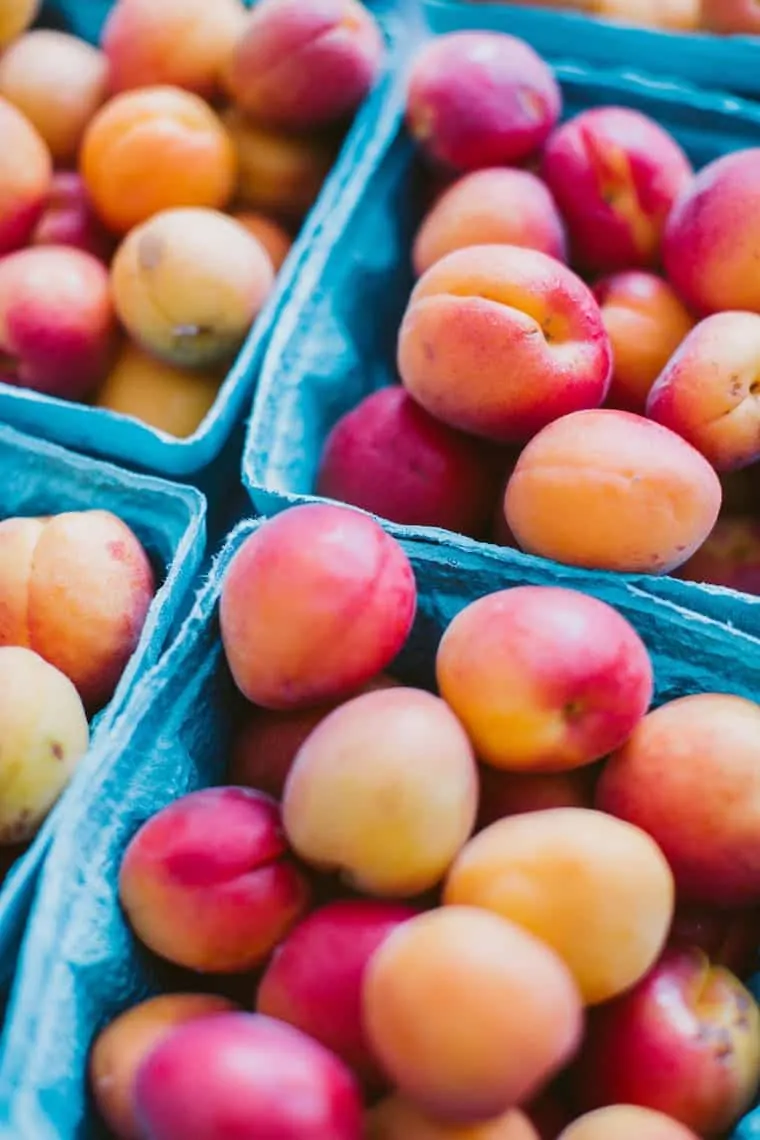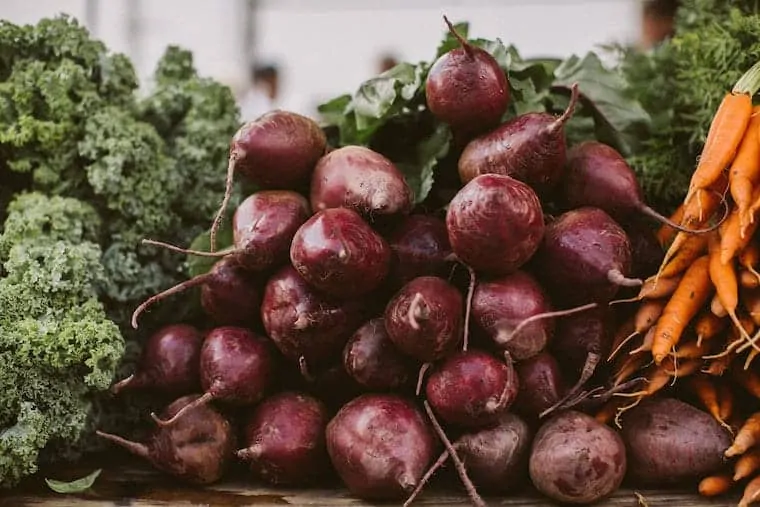What is the glycemic index? Learn how to read the glycemic index, why it's important for your health and what the best foods are to eat for your wellbeing.
You may or may not have heard about the glycemic index, so today I wanted to give you a complete breakdown of what the heck it is, why it's important and how we can incorporate it into our thoughts on what we're eating.
The glycemic index is essentially a tool to measure how a food affects your blood sugar. Foods that have a higher glycemic index will spike your blood sugar a lot. Some that have a lower glycemic index will have less of an impact on your blood sugar levels.
But you might be wondering, “why does our blood sugar level even matter”? I'm glad you asked!
Why is Blood Sugar important?
It's important that we first understand a little bit more about sugar and how it affects the body. When you eat a carbohydrate, your digestive system breaks it down into sugars that your body can use for a variety of functions.
That, in turn, causes an increase in your blood sugar. Blood sugar increases usually come with more energy, followed by a crash. The sugar – which gives you energy – creates this spike internally where you might feel a little jittery almost, but once that sugar is metabolized, you dip way down again and feel very depleted.
I think this topic could be its own post, but essentially when your blood sugar is on a roller coaster all day long, your body doesn't know how to handle it and it can end up leading to weight gain.
What is the Glycemic Index?
I know there are a couple “red flag” words up there – mainly carbohydrate and sugars. Those are words we've been taught to fear. But that’s where glycemic index comes in!
The idea is that not all carbohydrates are created equal and different types of carbs affect your blood sugar in different ways. A professor developed the Glycemic Index (GI) in the 1980s as a measure that ranks foods depending on how they affect your blood sugar.
For example, we know that eating an apple is healthier than eating a candy bar. That concept is how and why he created the glycemic index ranking. Are you still with me?
Let’s look at an example:
- 50 grams of straight sugar (pure glucose) has a GI of 100 (the highest)
- 50 grams of rolled oats has a GI of about 55
Both of those are carbohydrates, but that rating shows us that oats have a lesser impact on our blood sugar levels do that pure sugar.
What is a “Good” Glycemic Index Score?
I mentioned above that the glycemic index has rankings, but within those rankings there are three categories: low, medium and high. Foods with a low glycemic index have less of an impact on your blood sugar levels, whereas a food with a high glycemic index will create a bigger rise in your blood sugar.
Here are how the three categories break down in terms of numbers:
- Low: 55 or less
- Medium: 56–69
- High: 70 or more
I don't think there is a correct “score” for the glycemic index, but I do think that we should all be focusing on eating mostly low GI foods.
How Foods are Categorized with the Glycemic Index
Now I'm sure you're probably curious what foods fall into which category. I'm not going to go over all of them, but I will touch on some of the more popular items that you're probably eating already.
High Glycemic Foods include…
White bread, whole wheat bread, breakfast cereals, white pasta, rice and potatoes, and most packaged and baked goods
Medium Glycemic Foods include…
Oats, brown rice, sweet potatoes, winter squashes, honey, maple syrup, chocolate, and some higher sugar fruits like banana, grapes, pineapple and mango
Low Glycemic Foods include…
My personal favorite category because it includes grains like quinoa, buckwheat, millet, farro, as well as beans, legumes, vegetables, berries, stone fruits, nut & seeds (and nut butter), avocado and coconut
My Thoughts on the Glycemic Index…
I personally really do like the concept of the glycemic index, but I think it also has some flaws. The problem with following a GI-focused diet is that you're only looking at the sugar content of a food and not the overall nutritional value of that food. One example of this is the fact that french fries have a lower GI than a baked potato. I mean we definitely know which one is healthier – looking at you Mr. baked potato – except I do love me some french fries!
Overall, I think it’s a helpful scale but not the entire picture. It is looking at one single food or ingredient and not the whole picture and how that food fits into your eating habits. In general, it’s a good idea to limit high glycemic foods or if you’re enjoying foods with a high GI, pair them with protein, fiber and fat to slow down that blood sugar spike.
What are your thoughts on the Glycemic Index? Have you ever tried following a GI diet?





